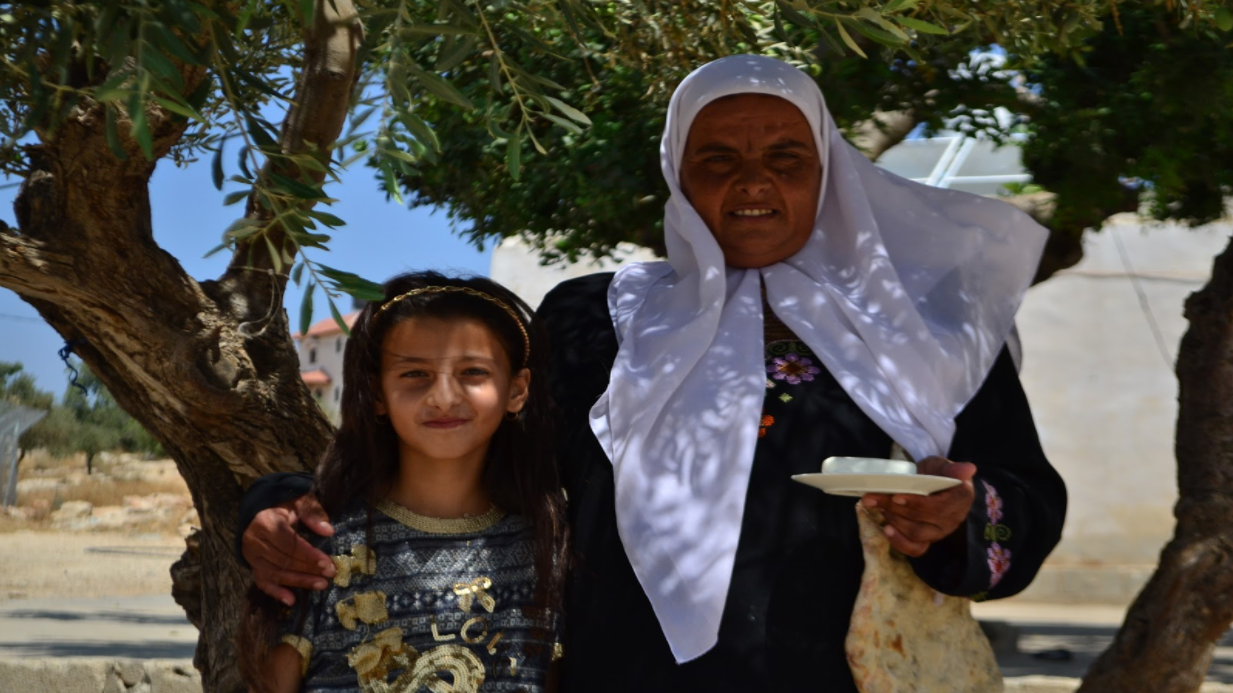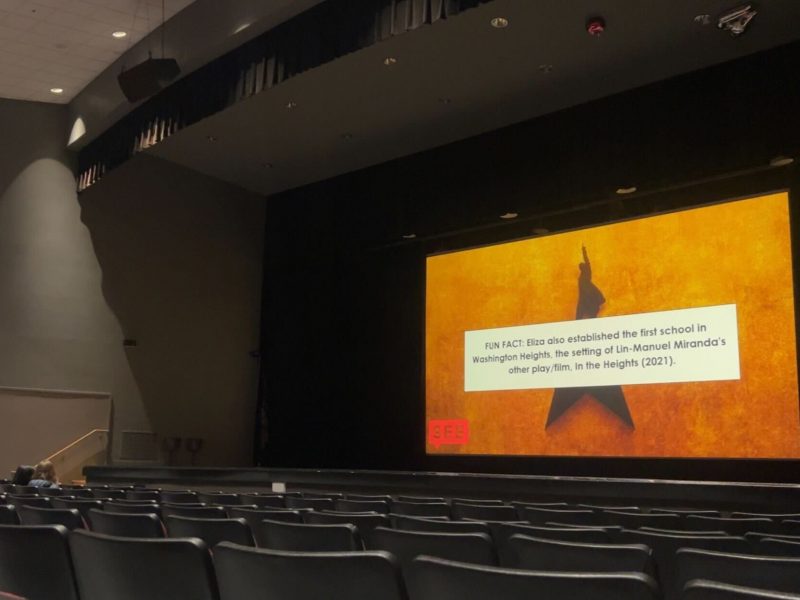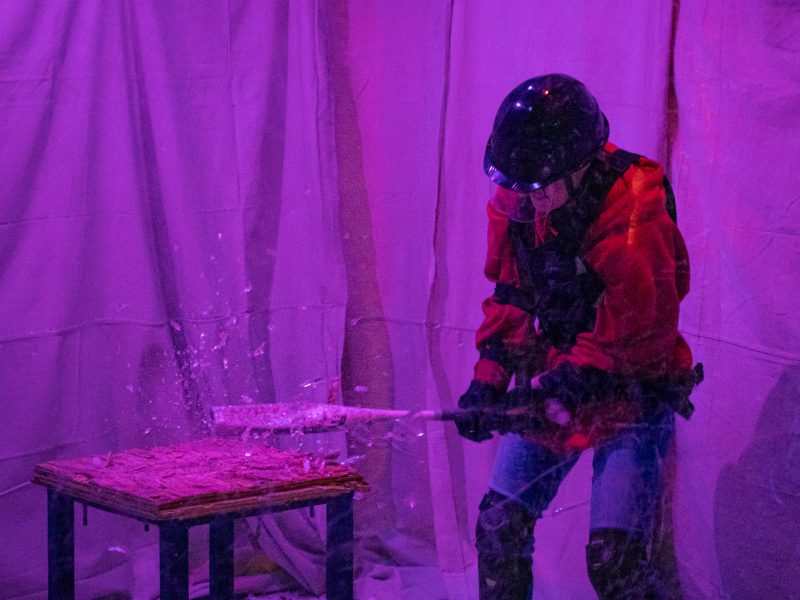“Do understand how hard it is to translate anger about injustices into something as beautiful as art,” said Aiyah Sibay, a senior English major. “The reason why art is so dangerous, especially in Palestine, is it’s not easy to call [the artist] a terrorist when they respond in art rather than protest.”
Sibay has traveled to the Palestinian territories the past two summers, once working with the U.N.’s World Food Programme as a photographer. She recently received the 2016 College of Arts and Humanities Dean’s Senior Scholar Award for social justice and academic standing.
She presented the photos she took while in the territories at an event hosted by Students for Justice in Palestine on Wednesday night in the Nyumburu Cultural Center. Sibay discussed how protests and riots are the natural outcome of living under oppression — and how art as a form of response also brings a unique vitality to rebellion.
The U.N. did not want to publish most of the photographs she displayed at the event. Her job was to write articles of “success stories,” food distributions and similar events. However, when she had extra time, she spent it documenting what she wanted.

(Photo courtesy of Aiyah Sibay.)
When Sibay returned from the Palestinian territories for the first time with what she calls her “arsenal of photos,” she said she thought they would have a much greater impact.
One of these photos shows a charred house that had been burned by Israeli settlers.
But what’s distinct about this house is what happened inside. Though she technically wasn’t allowed to enter as part of the U.N. convoy, she was eventually allowed inside due to her insistence.
What she found there was devastating.
A child had been burned alive inside the building, and the parents who escaped burned later outside. The only surviving member of the family was a 3-year-old boy.
“This is another photo that’s hard to look at because it represents everything that took place that night,” she said as she showed a photo of the burned child’s stroller.

(Photo courtesy of Aiyah Sibay.)
Sibay commented on the violence Palestinian children exist in but emphasized the beauty and innocence of youth.
“They are born innocent, born happy,” she said. “What happens along the way that makes them respond in violent manners?”
Amanda Stussman, a junior sociology major and treasurer for Students for Justice in Palestine, attended the event. She has Israeli family — her father spent most of his life in Israel and so did her grandfather.
“I was raised actually more Zionist,” Stussman said.
Though she identified loosely with Zionism, she gradually became more knowledgeable on the Israeli-Palestinian conflict once she came to college. The more she educated herself through reading and discussion, the more Stussman said she became aware of the oppression of Palestinian people.

(Photo courtesy of Aiyah Sibay.)
“I understand as an American Jew this sort of alliance for Israel, but it’s wrong,” she said, noting she feels a responsibility toward Palestinians.
The event did not focus only on Palestine, as poet Zein El-Amine spoke about his family’s tribulations in Lebanon with similar themes of injustice.
El-Amine, a professor in the Arabic Studies department at the University of Maryland, discussed the importance of the western media’s portrayal of conflict in the Middle East. He referenced Anthony Shadid, a foreign correspondent who covered the region for The Washington Post and The New York Times, and who died in Syria four years ago. This journalist, El-Amine said, told the truth.
The speakers at the event seemed to share the same controlled fury about their family, loved ones and strangers who had been subject to oppression — but each had a unique way of speaking about it through different mediums, whether photography, teaching, poetry or leadership.



